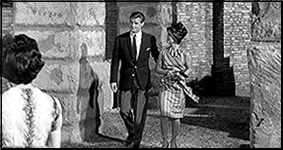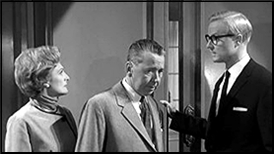Tue 29 Oct 2019
PI Stories I’m Reading: MICHAEL Z. LEWIN “Good Intentions.”
Posted by Steve under Stories I'm Reading[2] Comments
MICHAEL Z. LEWIN “Good Intentions.” Short story. Albert Samson & “Wolfgang Mozart” #2. First published in Ellery Queen Mystery Magazine, November 2012. Collected in Alien Quartet: Albert Samson Stories (iUniverse, paperback, November 2018).
Albert Samson’s client in this one isn’t really a client, not a paying one, anyway. During Samson’s previous encounter with his, the Shamus award-winning novelette, “Who I Am,” the man called himself LeBron James. In this one, he’s “Wolfgang Mozart,” and who know who he’ll want to be known as in the next two. (See below for a complete list.)
To tell you the truth, I did not know that author Michael Z. Lewin was still writing about Samson’s adventures. The last Samson novel I read was Called by a Panther, which came out in 1991. I now see that there was another one titled Eye Opener, which was published in 2004, some thirteen years later. I missed that one altogether.
In any case, when “Wolfgang” comes staggering to Samson’s office door, he collapses on the floor. He has been stabbed four times. By four different knives. In the hospital, though, he does not want the police involved. And for good reason. He’s a kind gentle man who can’t say no, and he’s been operating a batter women’s shelter, unlicensed and totally illegally.
He also believes — a minor quirk — that his father was an extraterrestrial.
The Samson books have always been a joy to read, but this one, at least, is laugh out loud funny to read, with the zippiest banter/dialogue I’ve read in a long time. And somewhere along the way, Samson has gained a daughter, and she’s a cop on the Indianapolis police force. I don’t remember her from before, but maybe. Quoting from page 109, after he explains to Nurse Matty who she is:
I think I enjoyed this story more than any other so far this year. It’s a good detective tale, too.
—
The Albert Samson & “Wolfgang Mozart” series —
“Who I Am.” EQMM, December 2011. Shamus Award for best PI Story of 2011
“Good Intentions” EQMM, November 2012.
“Extra Fries.” EQMM, May 2013. Shamus nominee.
“A Question of Fathers.” May 2014.


